Review: Samsung Conquer 4G
Aug 19, 2011, 3:47 PM by Eric M. Zeman
Samsung delivers a solid smartphone for Sprint in the Conquer 4G. This mid-range WiMax handset offers 4G speeds to the mobile masses in a smaller, less expensive, yet still capable, package.
Form
Is It Your Type?
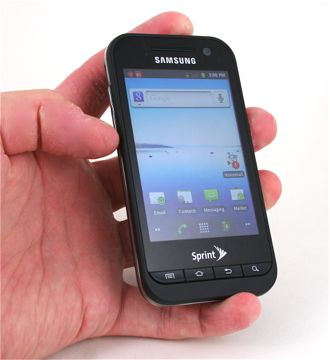
Sprint's latest WiMax 4G smartphone is the sub-$100 Samsung Conquer 4G. If you want speedy data services, but don't necessarily want or need the huge footprint and top-end features of Sprint's other WiMax handsets, the Conquer 4G is a good alternative.
Body
The Samsung Conquer is a simple smartphone, yet manages to impress anyway. Its appearance follows the modern trend of mixing black, silver, and more black to give it a classic and elegant look. It doesn't represent the latest in handset design and fashion, but it strikes the right, formal look, as though it were a man in a tuxedo or a woman in a black cocktail dress. Simple, yet refined.
Thanks in part to its smaller display, the size of the Conquer 4G makes it comfortable to hold and use. The materials don't feel top-of-the-line, but they don't feel cheap, either. The edges are all rounded, free of sharp angles, and I found the rough texture of the back surface appealing. It is nice and light, without feeling like it's made of air. It is not super-duper thin, but it is thin enough. It will fit into most pockets with no problem.
The Conquer 4G's display measures 3.5 inches, and it is surrounded by a lot of bezel. My guess is Samsung could have dropped a 3.7-inch display in this device without making the phone larger. The usual set of Android controls are close to the bottom edge, and are four physical buttons. The buttons have a nice, angled shape to them, and are very easy to find and use. Travel and feedback was quite satisfying.
The volume toggle, located on the left edge of the Conquer 4G, works perfectly. The button has a good profile, and offers satisfying feedback when pressed. The same can be said of the dedicated camera button, which is found on the lower right edge of the Conquer 4G. It's a two-stage button, and both stages are well defined. Many of Samsung's high-end devices don't include a camera button, so this is a nice feature to have.
Much to my delight, Samsung located the power/lock button on the top of the Conquer 4G, next to the 3.5mm headset jack. (Samsung typically places the power/lock button on the right edge of its Android phones.) The power button is a small, round thing, but has a good profile and the perfect amount of travel and feedback. The microUSB port is located on the bottom edge of the Conquer 4G.
The battery cover peels off easily with the help of your thumbnail. The microSD card slot is accessible without the need to remove the battery.
The Three S's
Screen
The Conquer 4G's screen measures 3.5 inches across the diagonal and offers a relatively pedestrian 480 x 320 pixels. The display looks good for the most part, though individual pixels are visible from time to time. It's not as stunning at the company's Super AMOLED displays, but it still does very well. As for brightness, it performs just fine inside, and loses only a little visibility under the glare of the sun.
Signal
I was able to grab Sprint's WiMAX 4G network in Hoboken, N.J.. There, the Conquer 4G did very well on the WiMAX network. I ran a few speed tests and managed to reach a peak download of 5.65Mbps (average 4.1Mbps) and a peak upload of 1.89Mbps (average 1.47Mbps). These speeds aren't as fast as what's possible on Verizon's LTE network, but they are more than adequate for mobile broadband needs. The Conquer was able to hold onto the 4G signal well, and didn't drop it until I reached the edge of the WiMAX network.
The Conquer 4G performed adequately on Sprint's CDMA (3G) network. In my office in northern NJ, it snagged two bars of signal strength (which is on-par with most Sprint phones). In and around the metro NYC region, it remained consistently connected, and never dropped Sprint's signal entirely. During my testing period, the Conquer 4G missed one call and dropped one call. It survived the NJ vault test (a local super market), in this case meaning it could make/receive calls even showing zero bars. Data via 3G was consistent, but not speedy.
Sound
Call quality was very good. I was pleased with the clarity of voices coming through the earpiece, which, by the way, is capable of head-splitting volumes. Even set to max, it didn't distort or break up. I didn't notice any hissing, noises, or other nonsense getting in the way of conversations. The speakerphone worked well, too. It was plenty loud, and calls were just as clear. The vibrate alert and ringtones were exceptionally strong and alert-y.
Battery
The Conquer 4G has very good battery life. During my tests, it consistently lasted a day and a half between charges. That means you can unplug it on Monday after breakfast and go to about dinner time on Tuesday without a problem. The one caveat I'll mention is that I only spent about an hour testing the device under 4G coverage. The rest of the time was spent with just 3G coverage and the WiMAX radio off. Performance in 4G markets with the WiMAX radio consistently turned on will certainly have a negative impact on battery life. (The 4G radio can be turned off with a quick jump into the settings menus.)
Basics
Menus
The Conquer 4G is the latest Android device from Sprint to use the Sprint ID concept on top of Android 2.3 Gingerbread. Think of the IDs as themes, and you'll be all set. If you want, you can set the Conquer 4G to behave in stock Android 2.3 mode. In fact, this is the out-of-the-box iD installed.
Sprint ID packs are collections of applications, home screen settings, wallpapers, shortcuts and widgets that are based on a theme, such as "The Big Apple" or "Fitness" or "Team RadioShack” (no, I didn't make that last one up). When a Sprint ID pack is activated, it completely reorganizes all the details of the home screen based on that particular theme. In the case of the Conquer 4G, there are no iDs preinstalled, so you have a blank slate with which to work. You can pick from other themes such as: Business Pro, Essentials, Sprint, Auto Enthusiast and more.
Once installed, each theme can be customized itself and then saved. Finding and installing the themes isn't difficult, but 10 months after the first Sprint ID phones emerged, there are still only a handful of ID packs. Worse, each ID pack downloads and installs a predetermined set of applications. You can quickly end up with a lot of bloatware and applications/services on your phone that you'll never use
Aside from the Sprint ID packs, the Conquer 4G behaves as any other Android 2.3 Gingerbread device.
Calls/Contacts
Calls
The Conquer 4G uses the stock Google calling and contacts applications. From the home screen, press the phone icon and the dialer pops open, plus the usual options. The Conquer 4G offers haptic feedback when you dial numbers on the touch display.
Contacts
The Conquer 4G will import all of your Google and Exchange contacts if you have them. Adding Facebook friends is optional. This is standard for Android phones. Contacts can hold innumerable phone numbers, email addresses, notes, and so on.
Messaging
The Conquer 4G runs all the stock Android 2.3 messaging applications, and doesn't offer anything new, not even from the Sprint ID packs.
It has the generic email app for POP/IMAP/Exchange email, and the dedicated Gmail application for Google users. Both of these applications are capable and time-tested.
The stock SMS/MMS app is loaded on the Conquer 4G, and I didn't notice any different or unusual behavior with it. It offers threaded conversations, as always.
As for IM, the Conquer 4G has GTalk on board, and nothing else. If you use Yahoo, Windows Live or AIM, you'll have to seek out third-party apps from the Android Market.
On the social networking front, the Conquer 4G includes both Facebook and Twitter, along with good home screen widgets for both apps. Google+ isn't on board, but Google Latitude is. The Conquer 4G also includes the Qik video chatting application, which can be used with the user-facing camera. In order for this app to work, you have to set up a Qik account, and then contact others who also use Qik. It won't, for example, work with another device running Skype. Though this service works via 3G and 4G, I find the best results come when used over Wi-Fi.
Extras
Media
Music
The Conquer 4G uses the stock Android media player. It's bare bones, but it gets the job done. You can sort through your playlists, artists, albums, and songs easily enough, and album art comes through properly when tagged to the music. The media player can be sent to the background while you do other things such as browse the web or check Twitter. It goes without saying that the music player has a decent widget for the home screen, as well.
There are no third-party music applications preinstalled, such as Slacker or Pandora, though they are easy to find in the Android Market.
Video
The Conquer 4G has minimal video play-back features. Only the stock Android video player and YouTube player are on board out of the box. I found that the Conquer 4G handled side-loaded content (movies that I placed on the microSD card) just fine.
Camera
Camera
The Conquer 4G runs the stock Android 2.3 Gingerbread camera application. To the far right, there is a set of software toggles for jumping to the video camera, the gallery, and a software shutter button. Next to this set of tools, there are five icons sitting in the viewfinder area. Press any of the icons, and a drop-down menu appears next to it for adjusting the cameras settings. I love the way this software works. It's so much better than having to press the hardware menu button to get at the same bunch of controls. It's easier and you don't have to leave the viewfinder to make any of the adjustments.
Press either the software or physical shutter button and the Conquer 4G takes about a second to focus before snapping the picture. Sadly, there is no touch-to-focus feature. it focuses on whatever is in the center of the viewfinder. Rather than offer a review screen, the Conquer 4G takes you right back to the viewfinder. Reviewing images is only possible in the gallery, though you can see a teeny thumbnail of your most recent picture at the top of the screen.
Gallery
The gallery is the stock Android option. Photo albums float in stacks in the main gallery view, and you can sift through them in the chronological timeline in which they are arranged. It has a neat 3D look and feel to it.
Editing options are severely limited. Crop and rotate are all you get. Some of Samsung's best devices offer more than this, but at least you get the basics. Sharing options are solid, and incorporate all the social networking apps on board the Conquer 4G, such as Facebook, Twitter, Picasa, SMS, Gmail and Bluetooth.
Photos/Video
Photos
The Conquer 4G has a 3.2-megapixel camera with autofocus and flash. It completely exceeded my expectations. The vast bulk of images I captured were perfectly in focus, had accurate white balance and color, were free of grain and other digital noise, and just plain looked good. In fact, the Conquer 4G outperforms some 5- and 8-megapixel camera phones on the market that I've tested in recent months. Truly impressive. Worth sharing? Absolutely.
Video
The highest video quality that the Conquer 4G can capture is a lowly VGA resolution. Even so, I was very impressed with the video quality. There was definitely some grain present, and every now and then edges to objects such as buildings would appear slightly jagged, but by and large the video looked very good. Shooting outdoors in sunlight produces the best results, but even in a well-lit room, you'll be satisfied with what you get.
Browse/Customize
Browser
The Conquer 4G comes with the stock Android browser. It's a good browser, and running over Sprint's 3G network, it performed well in most of my tests. I noticed slower data speed when the Conquer had a weak network connection, but otherwise the browser is just the same as any other Android 2.3 phone.
When under Sprint's WiMAX 4G network, browsing was very quick, though shy of awesome. Web pages loaded in a blink, and apps downloaded in two or three blinks. Using the hotspot feature, I was able to get some good browsing speeds from the Conquer 4G on my tablet.
Customize
With access to the Sprint ID packs, the Conquer 4G has a bit more customization options than other Android phones, as long as you don't mind someone else doing the customization for you. The ID packs are pre-packaged. Even though you can adjust them after they are installed, they still pull together an odd and not always great selection of apps, widgets, shortcuts, and home screen arrangements. Personally, I'd much rather design my own, custom home screen and set the Conquer 4G up the way I want it. Thankfully, the Conquer 4G lets you do this, too.
Extras
Bluetooth
The Conquer 4G supports mono and stereo Bluetooth headsets. I had no trouble pairing with either. Sound quality through mono headphones was very good, on par with the standard voice calls. Quality through stereo headphones was also good. It also connects with computers and/or other phones for pushing files around.
Clock
The Conquer 4G offers the standard Android clock on the lock screen, which is visible when the device is first woken from sleep. It's a nice, large digital read-out that's easily visible everywhere except under direct sunlight. It can't be customized, though.
GPS
The Conquer 4G only includes Google Maps. Sprint's TeleNav-based navigation service is lost. Google Maps and its Navigation and Places features make for a powerful set of tools when it comes to routing directions and discovering nearby points of interest. The trifecta of these applications means there's no excuse to get lost nor to find a great place for dinner. The Conquer 4G's GPS radio performed very well in most circumstances, and was able to pinpoint my location to within 15-25 feet most of the time.
Sprint Mobile Wallet
Sprint's upcoming Mobile Wallet service will use near-field communications technology mated to customer credit card accounts to enable tap-and-go mobile payments. The software to control it is installed on the Conquer 4G, but I was unable to use it to create an account. The service is currently being trialled in a few markets with a few retailers. Sprint will be expanding its availability over time.
Wrap-Up
The Conquer 4G is a great alternative to Sprint's other WiMAX handsets. It earns good marks on nearly every feature and offers access to Sprint's 4G network at a lower cost of entry.
Basic performance of the Conquer 4G was good all around. The hardware is comfortable to use and feels well-made; the signal performance, display, and call quality are all above average, and the battery life is as good as any other Android smartphone.
While the music and video options are somewhat ho-hum, the Conquer 4G excelled at taking pictures and shooting video, especially considering its low-spec camera. Browsing was quick, it offers plenty of optimization options, and with the availability of apps from the Android Market, the sky's the limit.
The Samsung Conquer 4G definitely conquers the competition, and offers the best bang-for-the-buck in Sprint's smartphone stable.

Comments
Why get this phone when you could get the Nexus S 4G for the same price?
I wouldn't recommend this phone
C'mon now.


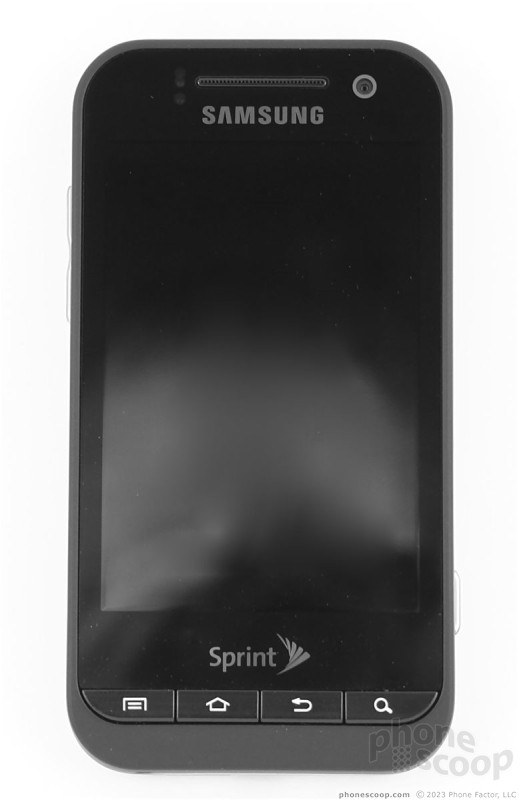











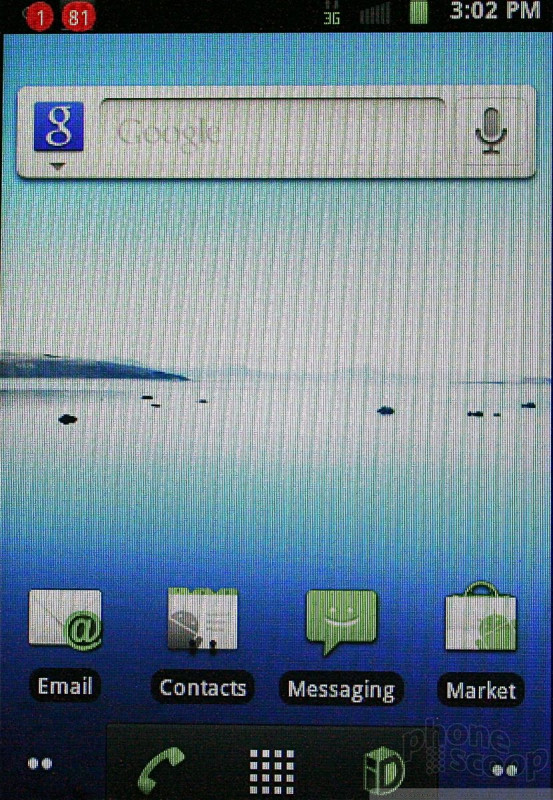




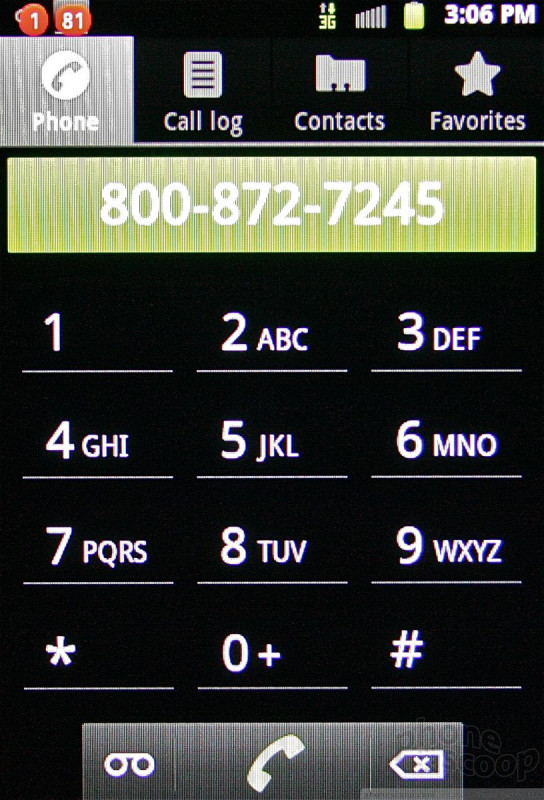


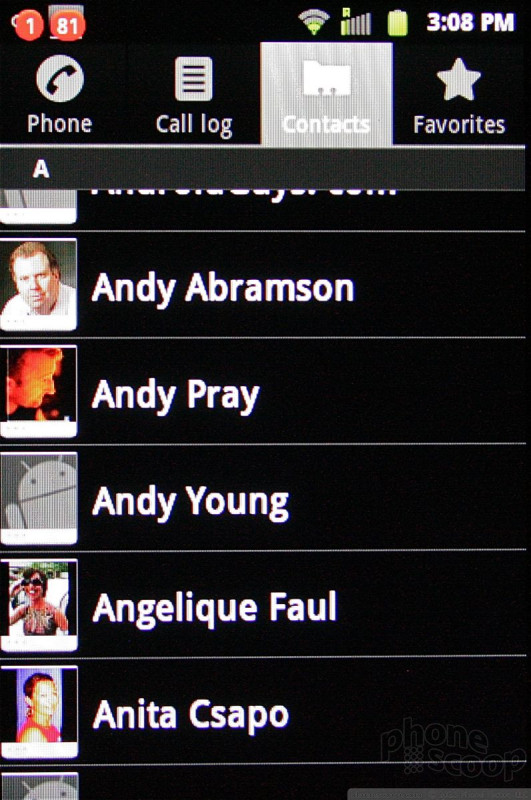



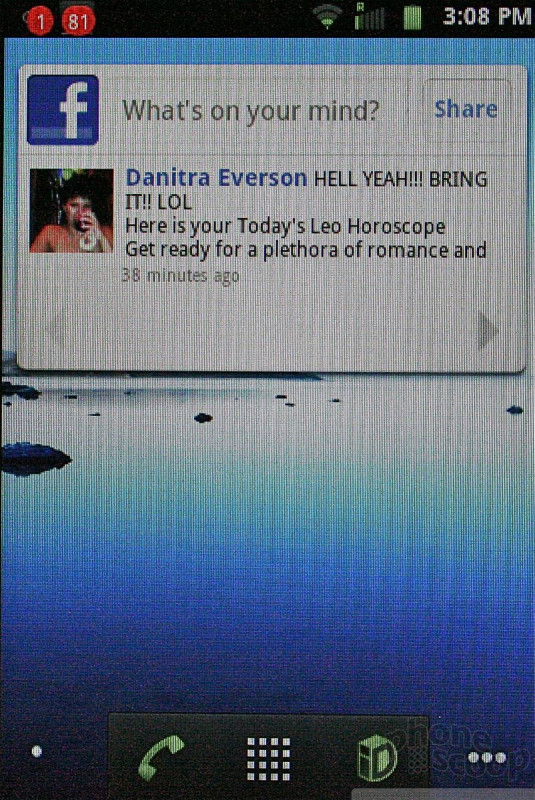



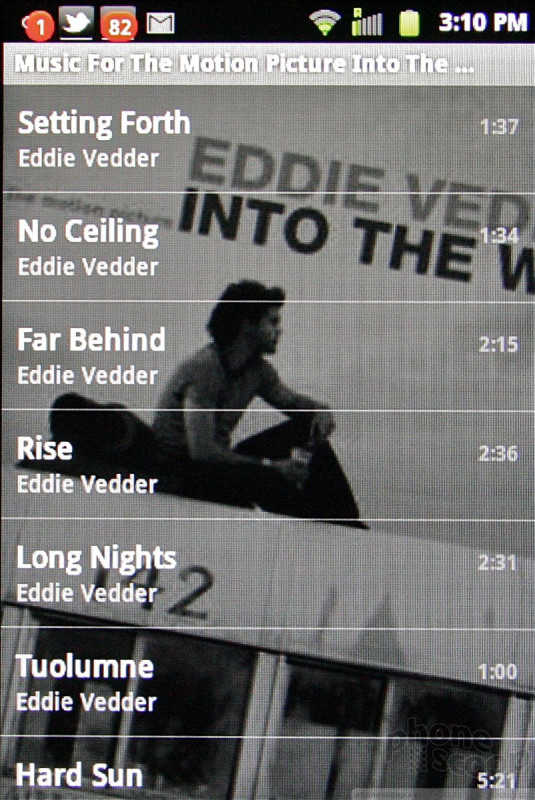










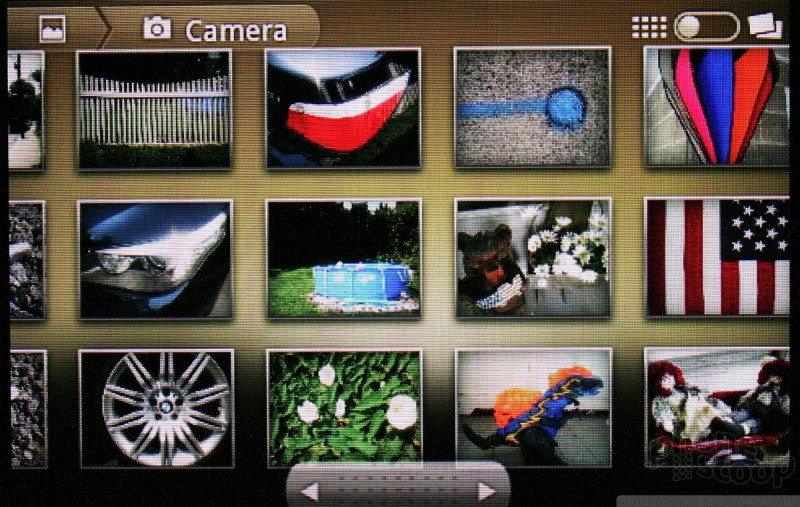



















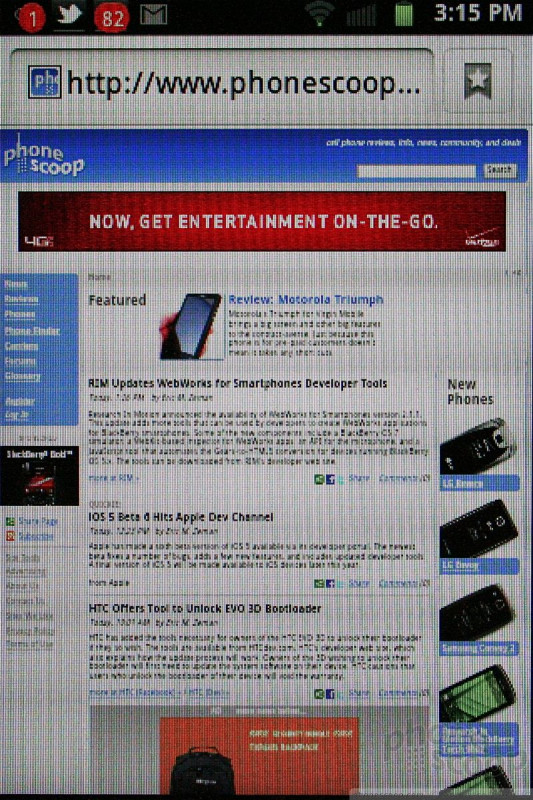



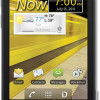 Samsung Conquer 4G to Pack WiMax and Android 2.3
Samsung Conquer 4G to Pack WiMax and Android 2.3
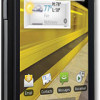 Sprint and Samsung Make Conquer 4G Official
Sprint and Samsung Make Conquer 4G Official
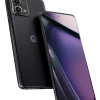 2023's moto g stylus 5G is Smaller
2023's moto g stylus 5G is Smaller
 Google Pixel 8 Series Saves the Best for the Pro
Google Pixel 8 Series Saves the Best for the Pro
 Samsung Conquer 4G
Samsung Conquer 4G









